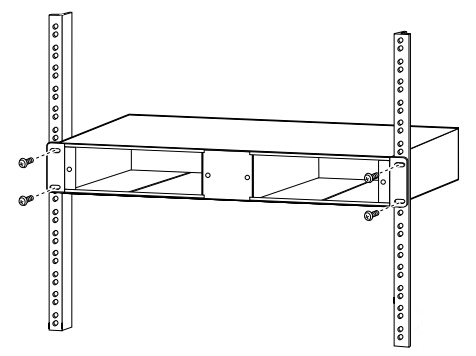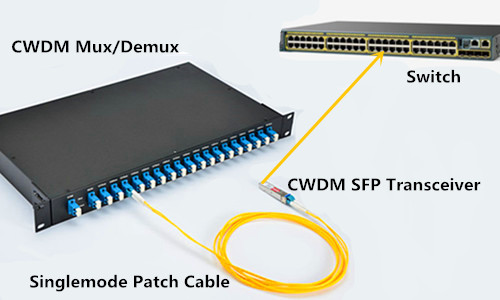As fiber optic networks have developed for higher speeds, longer distances, and wavelength-division multiplexing (WDM), fibers have been used in new wavelength ranges, namely “bands”. Fiber transmission bands have been defined and standardized, from the original O-band to the U/XL-bands. This article will mainly illustrate the evolution of the typical fiber transmission bands used for different optical telecom systems.
Among these bands, the O-band, also called the Original-band, was the first band used in optical telecommunication because of the small pulse broadening (small dispersion); Single-mode fiber transmission began in the “O-band” just above the cutoff wavelength of the SM fiber developed to take advantage of the lower loss of the glass fiber at longer wavelengths and availability of 1310nm diode lasers.

The E-band represents the water peak region while the U/XL-band resides at the very end of the transmission window for silica glass. The E-band (water-peak band) has not yet proven useful except for CWDM. It is probably mostly used as an extension of the O-band but few applications have been proposed and it is very energy-intensive for manufacture. The E-band and U/XL-bands usually are avoided because they correspond to high transmission loss regions.
To take advantage of the lower loss at wavelength of 1550nm, fiber was then developed for the C-band. The C-band is commonly used along with the development of ultra-long distance transmission with EDFA and WDM technologies. As transmission distances became longer and fiber amplifiers began being used instead of optical-to-electronic-to-optical repeaters, the C-band became more important. With the advent of DWDM (dense wavelength-division multiplexing) which enables multiple signals to share a single fiber, the use of C-band was expanded.
With the development of fiber amplifiers (Raman and thullium-doped), DWDM system was expanded upward to the L-band, leveraging the wavelengths with the lowest attenuation rates in glass fiber as well as the possibility of optical amplification. Erbium-doped fiber amplifiers (EDFAs, which work at these wavelengths) are a key enabling technology for these systems. Because WDM systems use multiple wavelengths simultaneously, which may lead to much attenuation. Therefore optical amplification technology is introduced.
Despite great expectations, the number of installed systems using all-Raman solutions worldwide can be counted on one hand. In the future, however, the L-band will also prove to be useful. Because EDFAs are less efficient in the L-band, the use of Raman amplification technology will be re-addressed, with related pumping wavelengths close to 1485nm.
Although CWDM is now considered as a low-cost version of WDM that has been in use, most do not work over long distances. The most popular is FTTH PON system, sending signals downstream to users at 1490nm (in S-band) and using low cost 1310nm transmission upstream. Early PON systems also use 1550 downstream for TV, but that is being replaced by IPTV on the downstream digital signal at 1490nm. Other systems use a combination of S, C and L bands to carry signals because of the lower attenuation of fibers. Some systems even use lasers at 20nm spacing over the complete range of 1260nm to 1660nm but only with low water peak fibers.
Although various wavelength bands of the O-, S-, C- and L- bands have come into use with the explosive expansion of the traffic in recent years, the optical fiber amplifiers for the O- and S-band wavelengths were not realized for many years because of many technical hurdles. C- and L-band most commonly used in fiber optic networks will play more and more important roles in optical transmission system with the growth of FTTH applications.


